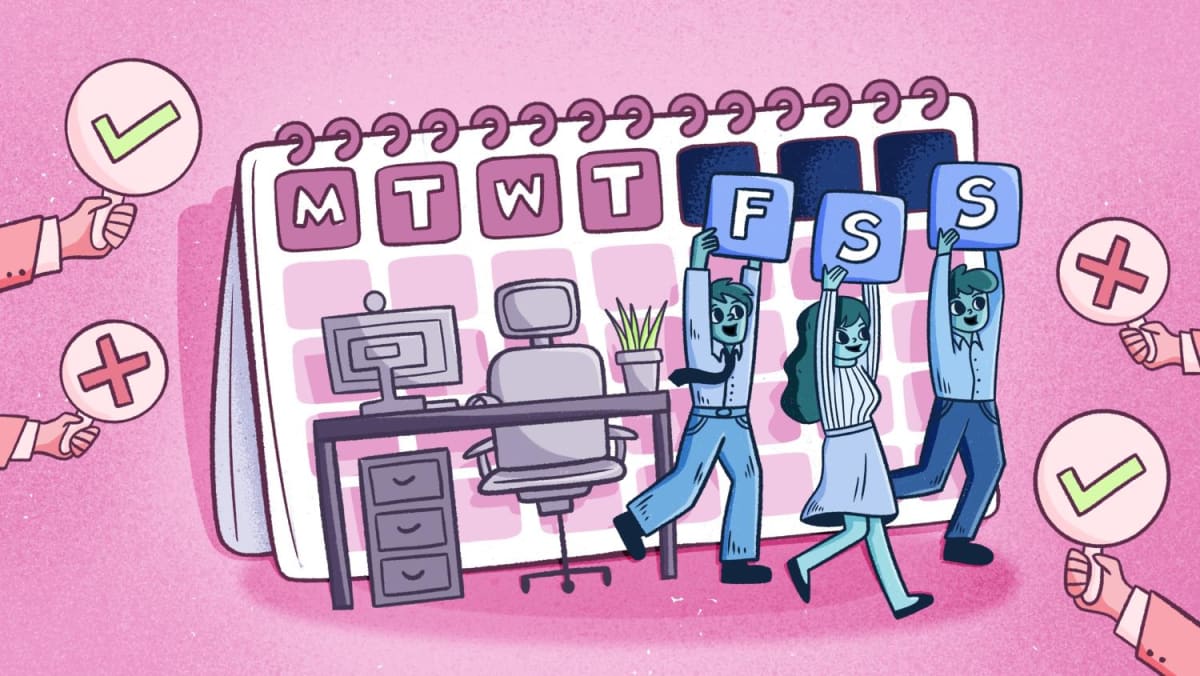Adhesive capsulitis, the technical term for frozen shoulder, is a crippling ailment marked by pain, stiffness, and limited shoulder joint movement. Millions of individuals are impacted globally, frequently causing daily disruptions and lowering quality of life. Even though treating frozen shoulder might be difficult, physical therapy is essential for reducing pain and regaining shoulder function. This post will examine the nuances of frozen shoulder physical therapy and the several methods employed to treat this recalcitrant ailment.
What is a Frozen Shoulder?
It’s important to understand the nature of frozen shoulder before diving into physiotherapy procedures. The freezing phase, the frozen phase, and the thawing phase are the three separate phases that the condition usually progresses through as it develops gradually. Patients have limited range of motion throughout the freezing phase due to growing shoulder discomfort and stiffness. The frozen phase is defined by continued stiffness and reduced pain, but not much movement. Eventually, shoulder mobility gradually improves and discomfort gradually subside during the thawing process.
Why Should You Choose Physiotherapy?
The primary method of treating frozen shoulder is physiotherapy, which aims to increase shoulder strength, reduce discomfort, and improve your range of motion. A customized physical treatment regimen is necessary, ensuring your unique symptoms and frozen shoulder stage.
Here are some key techniques to help your frozen shoulder:
-
Motion Exercise
As simple as it may sound, a gentle range of motion exercises are quite important in preventing further stiffness and maintaining flexibility in your shoulder joint. These types of exercises involve carefully stretching your shoulder in various directions and gradually increasing the range of motion over and over. Range of motion exercises should be performed on a regular basis but it’s crucial to not over exaggerate it.
-
Strengthening Exercises
Weakness in the muscles surrounding the shoulder joint is very common in individuals with frozen shoulders. Strengthening exercises target these muscles, aiming to improve stability and support for your shoulder. A professional therapist often uses resistance bands, weights, or bodyweight exercises to gradually strengthen the shoulder muscles while ensuring proper form and technique.
-
Manual Therapy
Manual therapy techniques such as joint mobilizations and soft tissue massage can help alleviate pain and improve shoulder mobility. Therapists use hands-on techniques to gently manipulate the shoulder joint and surrounding tissues, breaking down adhesions and promoting tissue healing. Manual therapy sessions are tailored to the individual’s needs and tolerance level.
-
Modalities
Modalities such as heat, ice, ultrasound, and electrical stimulation may be used adjunctively to provide pain relief and facilitate tissue healing. Heat therapy helps relax tight muscles and improve blood flow to the affected area, while ice therapy can reduce inflammation and numb pain. Ultrasound and electrical stimulation techniques are used to target deeper tissues and promote healing.
-
Postural Correction
Poor posture can exacerbate shoulder pain and stiffness in individuals with frozen shoulder. Physiotherapists address postural imbalances and provide guidance on maintaining proper alignment during daily activities. Ergonomic assessments may also be conducted to identify and correct factors contributing to poor posture.
-
Home Exercise Program
Last but definitely not the least, a good old home exercise program for you. Consistency is key in achieving optimal outcomes with frozen shoulder physiotherapy. Patients are typically prescribed a home exercise program consisting of stretching, strengthening, and mobility exercises to complement in-clinic sessions. Adherence to the home exercise program is essential for long-term success in managing frozen shoulder.
Conclusion
Although frozen shoulder can be a challenging condition to manage, physiotherapy can greatly improve results and restore shoulder function if done correctly. People with frozen shoulder can ease their discomfort and stiffness by combining range-of-motion exercises, strengthening methods, manual therapy, modalities, posture correction, and a planned at-home exercise regimen. See a physical therapist for a thorough evaluation and a customized treatment plan if you’re suffering from frozen shoulder symptoms. Regaining mobility and improving your quality of life is possible with commitment and expert supervision.














